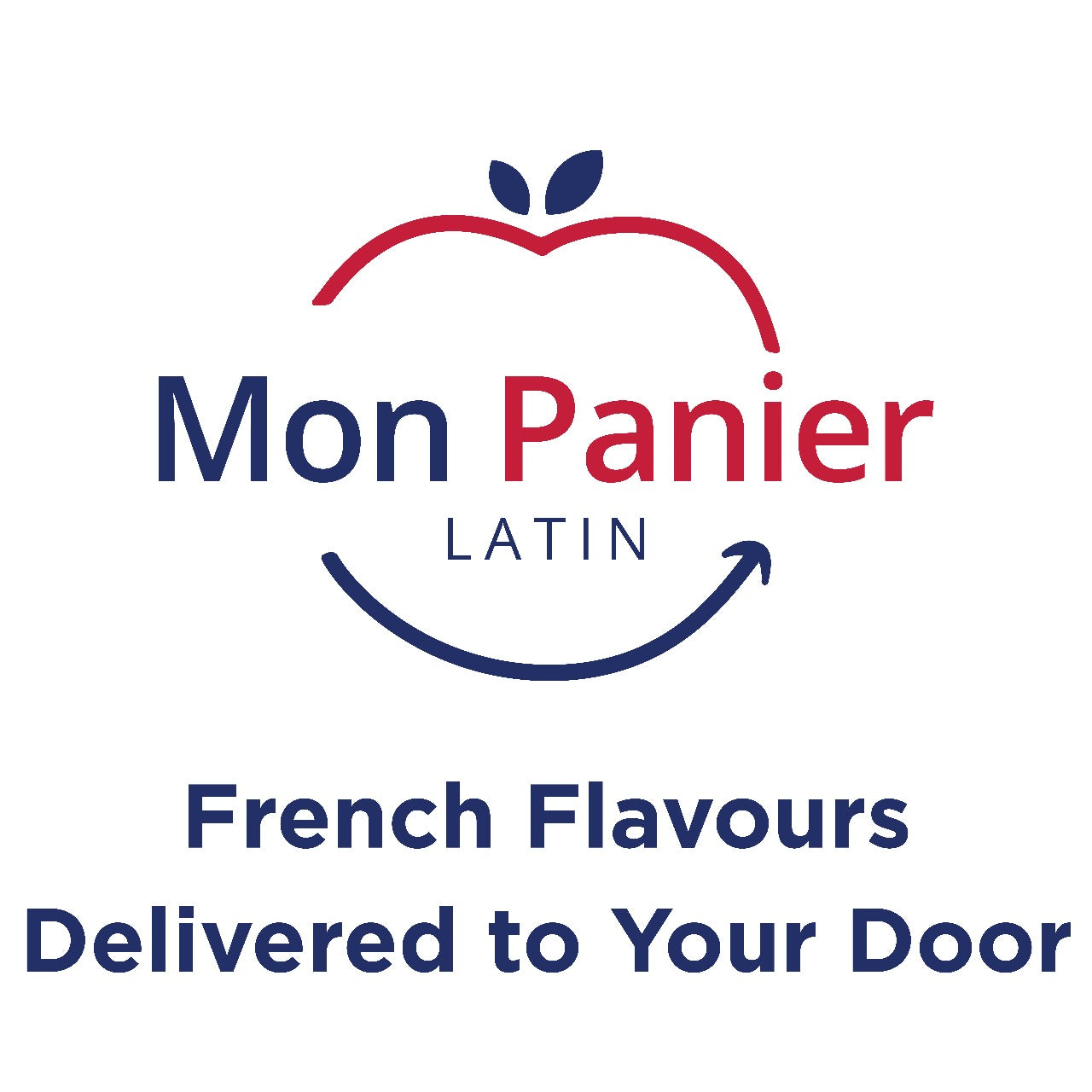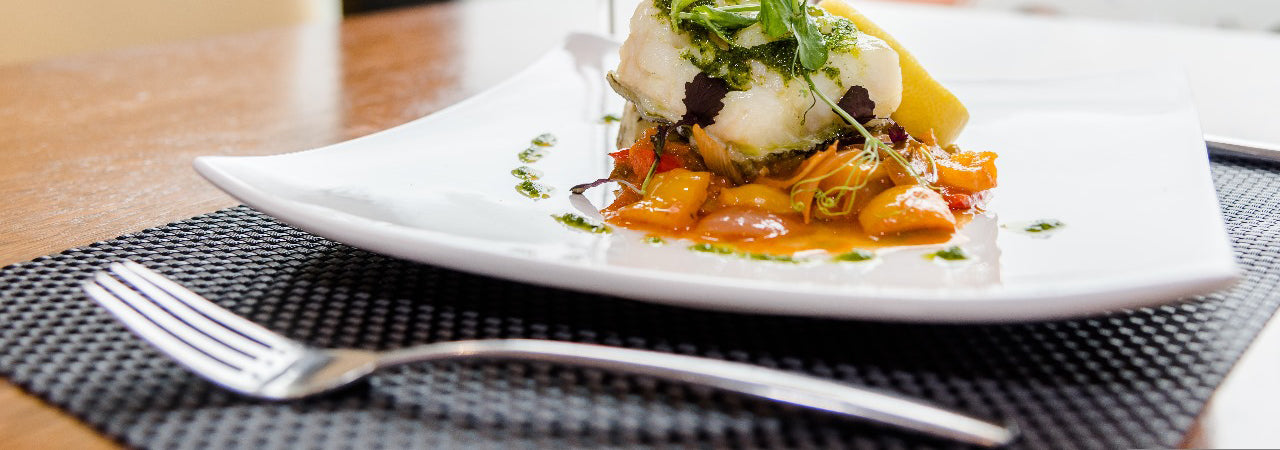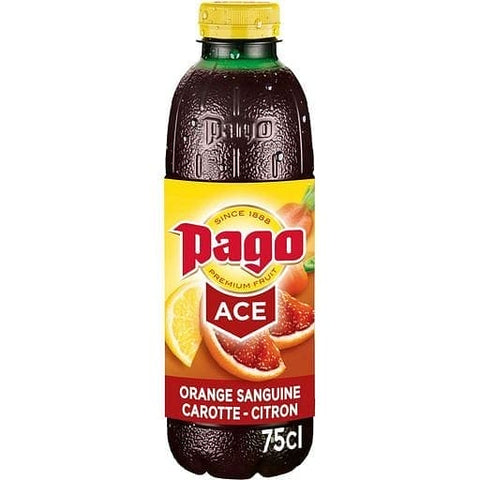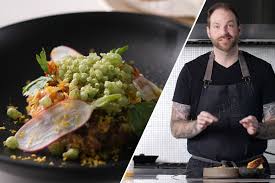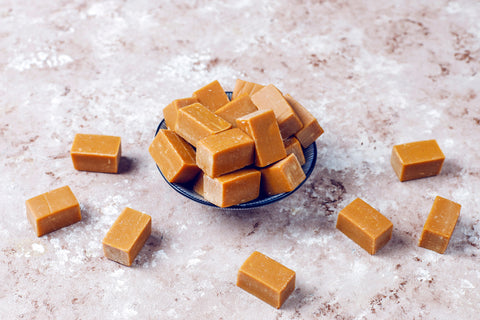When it comes to French cuisine, presentation is considered an art form. French chefs take great care in creating visually stunning dishes that are not only delicious but also a feast for the eyes. The art of French food presentation adds an extra dimension to the dining experience, enhancing the overall pleasure and appreciation of the meal. Here are some key elements that contribute to the artistry of French food presentation:
- Plate Composition: French chefs pay meticulous attention to the composition of the plate. They consider the arrangement of each component, ensuring a balance of colors, textures, and shapes. The plate is seen as a canvas, and the chef carefully places each ingredient with precision and purpose.
- Color Palette: French cuisine embraces a wide spectrum of colors, and chefs leverage this diversity to create visually striking plates. They use vibrant fruits, vegetables, herbs, and edible flowers to add pops of color and create a visually appealing contrast. The goal is to make the dish visually enticing and inviting to the diner.
- Garnishes and Accents: French chefs employ various garnishes and accents to enhance the presentation. These may include delicate herb sprigs, edible microgreens, swirls of sauce, drizzles of flavored oils, or meticulously placed edible decorations. These details elevate the visual appeal of the dish and add finesse to its overall presentation.
- Artful Plating Techniques: French chefs employ a range of plating techniques to create visually stunning presentations. They may use methods such as stacking, layering, or arranging ingredients in intricate patterns. Additionally, they may use specialized tools like ring molds, quenelle spoons, or tweezers to create precise shapes and arrangements.
- Height and Dimension: French food presentation often incorporates height and dimension to add visual interest. Chefs may stack ingredients to create vertical structures or use edible elements such as tuiles or crispy garnishes to add height and texture. This technique adds depth and complexity to the visual composition.
- Use of Tableware: The choice of tableware plays a crucial role in French food presentation. Chefs select plates, bowls, and platters that complement the dish and enhance its aesthetics. The tableware is often minimalistic, allowing the focus to remain on the food itself.
- Attention to Detail: French chefs have a keen eye for detail and ensure that every element on the plate is executed flawlessly. They meticulously clean the plate's edges, wipe away smudges or drips, and carefully arrange ingredients to create a polished and refined presentation.
- Visual Storytelling: French food presentation often tells a visual story, reflecting the dish's inspiration, seasonality, or cultural context. Chefs aim to evoke emotions, memories, or a sense of place through their presentations. This storytelling aspect adds a layer of intrigue and engages diners beyond taste alone.
- Emphasis on Simplicity: While French food presentation can be visually stunning, there is also an emphasis on simplicity and elegance. The French believe in letting the natural beauty of the ingredients shine through, rather than overwhelming the plate with excessive garnishes or decorations. The focus is on clean lines and uncluttered compositions.
- Seasonal and Local Ingredients: French cuisine celebrates the use of seasonal and locally sourced ingredients. The art of food presentation is closely tied to the availability of fresh produce. Chefs take advantage of the vibrant colors and flavors of seasonal ingredients to create visually appealing dishes that reflect the time of year.
- Harmonious Flavor and Visual Pairings: French chefs pay attention to the harmony between flavors and visual elements on the plate. They consider how different colors, textures, and shapes complement or contrast with each other. For example, a delicate seafood dish may be paired with vibrant green asparagus spears to create a visually pleasing contrast.
- Playful Creativity: French food presentation can also be playful and whimsical. Chefs sometimes incorporate unexpected elements or techniques to surprise and delight diners. This may involve unique plating shapes, edible sculptures, or creative arrangements that evoke a sense of fun and imagination.
- Incorporation of Edible Art: French chefs often blur the line between food and art by incorporating edible components that resemble artistic creations. They may use sauces or purees to paint delicate brushstrokes on the plate, creating a visual representation of their culinary vision. This approach adds a touch of artistry and innovation to the presentation.
- Attention to Proportions: French food presentation involves a keen sense of proportion. Chefs consider the size and scale of each element on the plate to create a visually balanced and aesthetically pleasing composition. They ensure that no single ingredient dominates the plate and that the overall arrangement is visually appealing from every angle.
- Contrast and Texture: French chefs understand the importance of contrast and texture in food presentation. They play with different textures, such as creamy, crunchy, or velvety, to add visual interest and tactile appeal to the dish. This interplay of textures enhances the overall sensory experience of the meal.
- Continuity of Style: French food presentation often maintains a consistent style throughout the meal. This creates a cohesive visual experience for the diners and enhances the overall dining pleasure. Each dish may be presented with a similar attention to detail, plating techniques, or choice of tableware, reflecting the chef's signature style.
Overall, the art of French food presentation is about creating a visually captivating experience that complements the flavors and textures of the dish. It showcases the chef's creativity, skill, and attention to detail, elevating the overall enjoyment of the dining experience. Whether in a Michelin-starred restaurant or a local bistro, the visual presentation of French cuisine is a testament to the country's culinary mastery.
